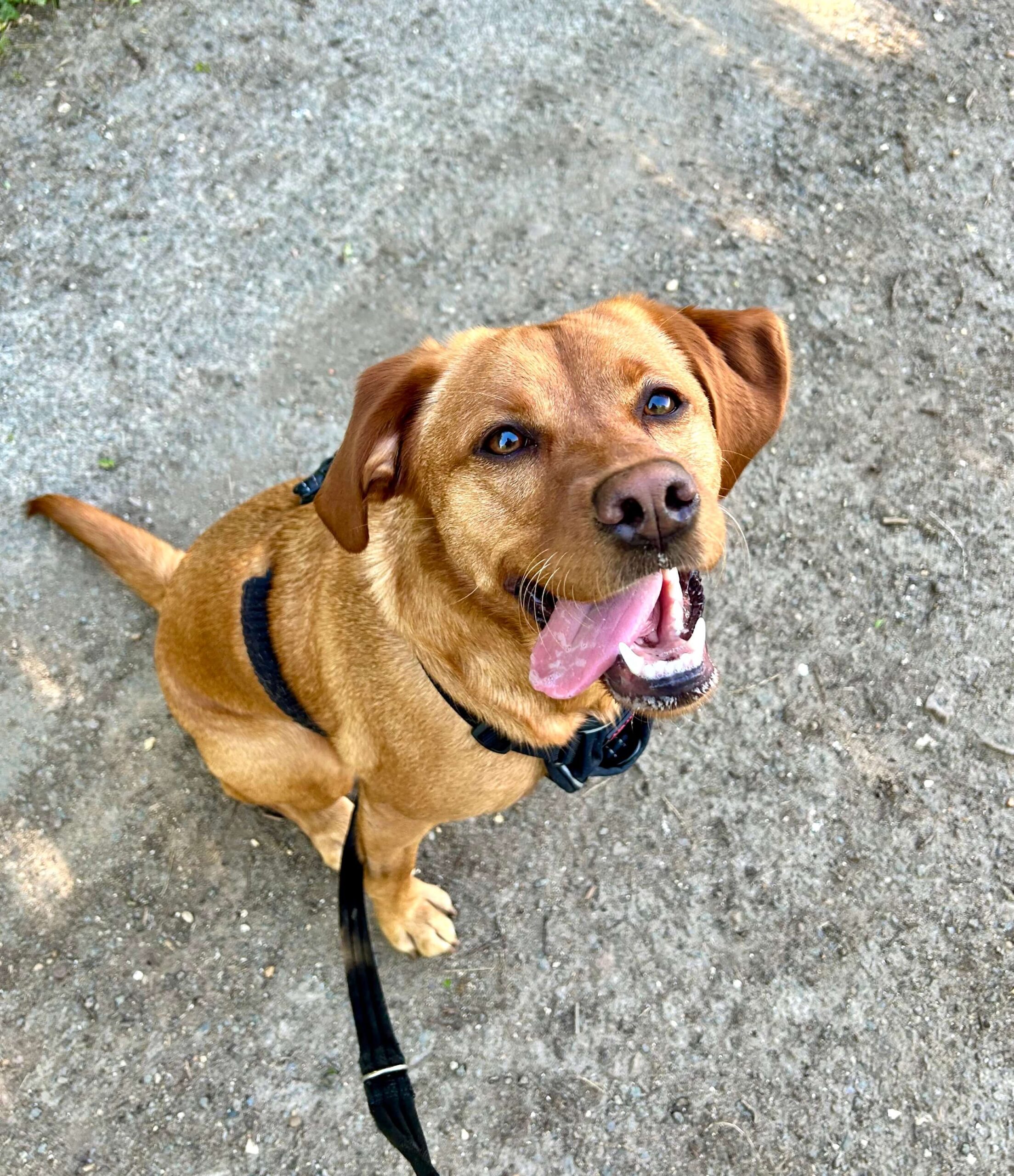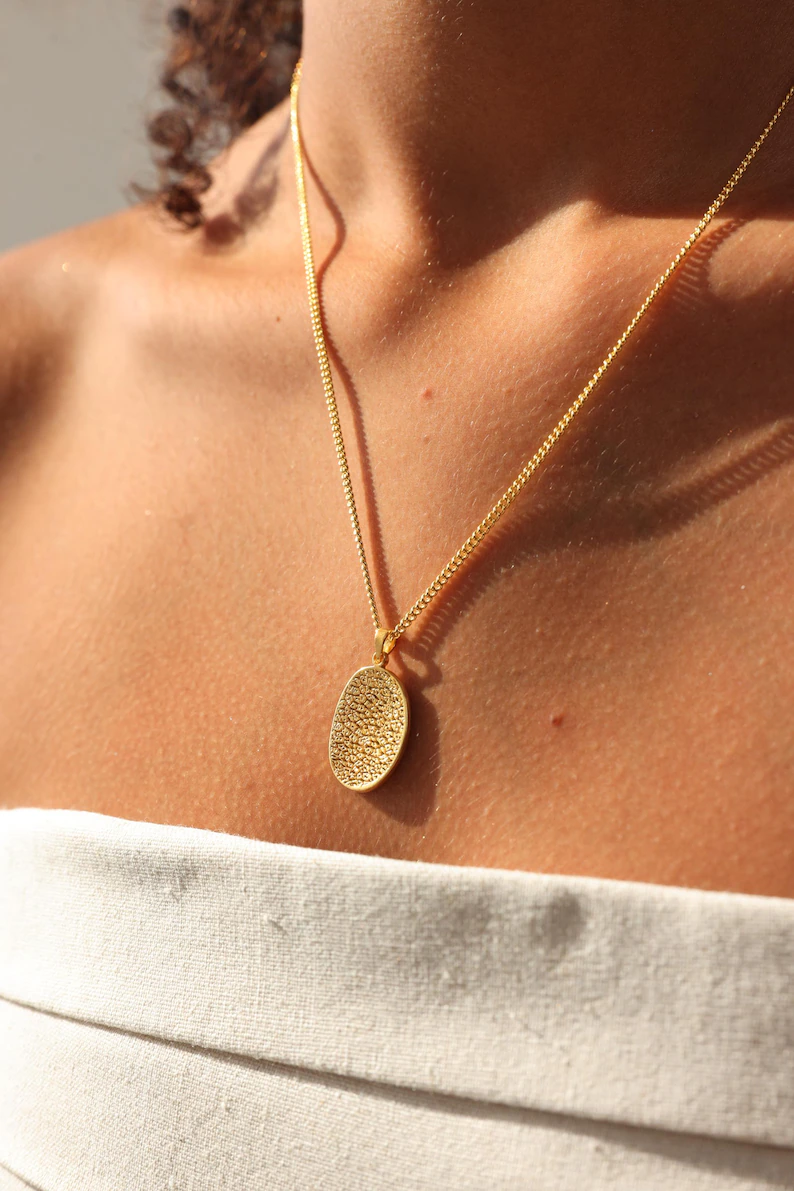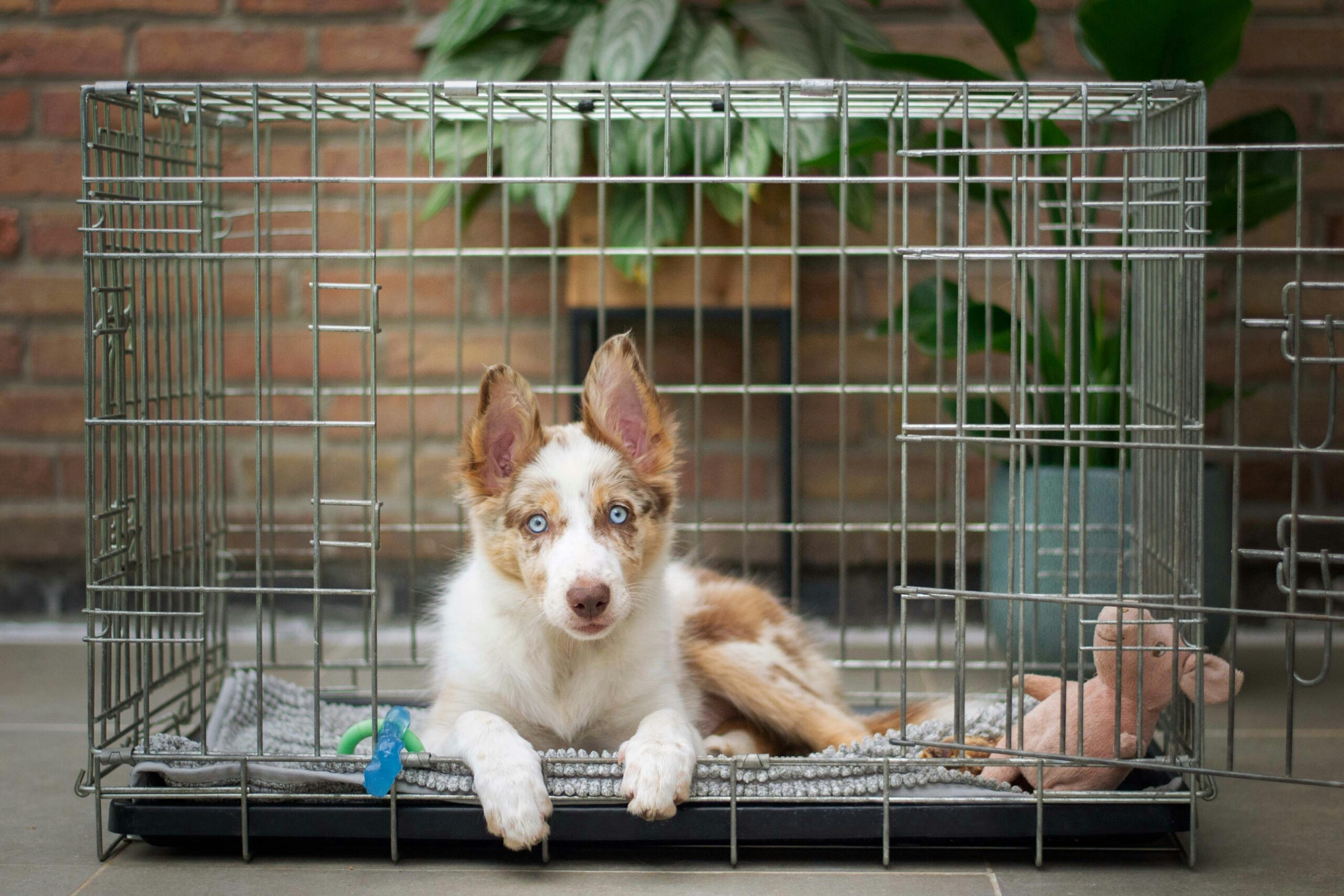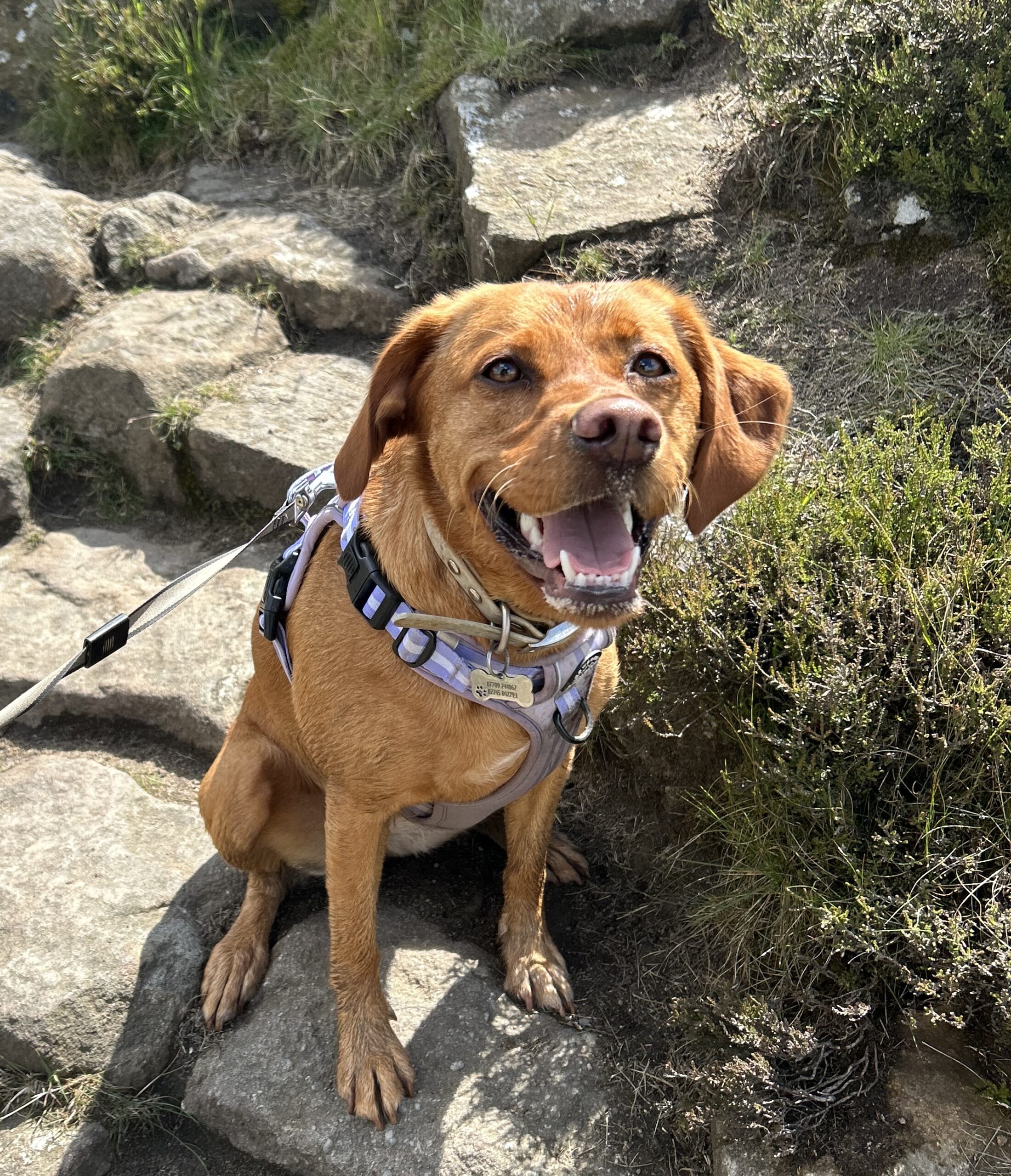This blog post contains affiliate links. This means as an Amazon Associate, I earn commission from qualifying purchases at no extra cost to you.
Have you got a new puppy, and are wondering the best way to train them? If you want some professional help, puppy classes are a popular option. Puppy classes are group sessions led by a dog trainer, which you and your new puppy can attend along with other puppies and their owners to learn some basic skills. With my dog Honey, we started puppy classes when she was about 14 weeks old, back in 2022. I’m going to answer some common questions related to puppy classes and give my honest verdict about whether the experience was valuable to us.

Lets start with some FAQ’s about puppy classes:
How much do puppy classes cost?
This can depend on so many factors: where you live, who the trainer is, how many puppies are in the class. Our course of puppy classes cost £90, with Kayleigh Hershcell from Kay9+ Dog Training in Leicestershire. But they could range anywhere from £60-£150 approximately.
How long are puppy classes?
The puppy classes we went to were 1 hour long – from 6-7 on a Tuesday evening. There were four classes in total, so the course took 4 weeks. Again this will change depending on the classes available to you in your local area.
What is the best age to start puppy classes?
The ideal age to start puppy classes is anywhere from 10-17 weeks. This is when your puppy is like a sponge for taking in information, and in their key socialisation period.
What skills were covered?
My puppy did not have all these perfected after just four weeks, but these were the skills we worked on during the puppy classes:
- Sit
- Lie down
- To stand between my legs
- Wait
- Leave it
- Heel position
- Recall/Come

What do I need to take to puppy classes?
There was a list of things we were instructed to bring with us to our puppy classes, which we had to purchase ourselves and bring along with us. If you sign up for puppy classes you might receive a list of requirements similar to this. The good thing is all of these products were useful outside of puppy classes too, so it wasn’t wasted money.
A Settle Mat
Each puppy had their own settle mat, which we practised getting them to sit or settle on while we listened to our dog trainer. This can just be a small towel or blanket. We used this gorgeous Bee Print Joules Mat, which has padding inside and is so easy to wash. You can check it out on Amazon here. The great thing is we could use this settle mat outside of classes too, such as in a cafe or pub. For advice on getting your puppy to settle in cafes, check out this guide ‘7 Tips to master visiting dog friendly cafes.’
A Long Line Lead & Harness
For the training session which involved working on recall, we were asked to bring a long line lead. I just purchased a very cheap one from Pets at Home. I was also advised for my puppy to wear a harness whenever we used the long line lead. This is for safety reasons – if your puppy runs at full speed and reaches the end of the long line, there would be significant pressure on their neck if the lead was attached to a collar.
Treats
Last on the list – lots of treats! As part of the force-free training ethos of our dog trainer, positive reinforcement is key. We started with treats as the most obvious reward for our puppy. As we attended each week, we learned how different dogs find different rewards ‘high value.’ Some dogs prefer to be rewarded with a toy & play when they achieve something, instead of treats. This might be more common for a high energy dog like a collie.
So what were the benefits of the puppy classes?
Bonding with my puppy
Training is always a recommended way to bond to your dog. It teaches them to look to you for cues, instructions, and rewards. It builds trust between the two of you. Although you can do this at home, life can be busy. I really enjoyed having this dedicated outing each week purely to focus on training together.
Learning how to teach your dog new skills
Although we learnt some specific skills in the class, we learned how to teach our dogs new skills after the course finishes. It was so helpful to hear from a dog trainer how a dog will think and react to you. It helped me really to understand my puppy, and gave me the skills to build a better relationship. From working through training exercises at the class we learned things like how long your dogs attention span is; at what point to reward them during training, what might be distracting for them. Also how short their memories are – like if there is more than a 10 second window between your dog doing something bad and you correcting the behaviour, your dog likely won’t associate your response with the action they did. The same if they do something good, and rewarding the behaviour. So I learned how much of my focus they need.
Socialisation (for you and the dog)
I talk about socialisation in a lot of my dog posts, but it really is so important. Taking your puppy out while they are young and having new experiences helps them grow up into a confident adult dog. The experience of being in an environment where there are other puppies around, but they have to stay with you and focus on you is a great learning experience for them.
As the human, I was able to meet other local people who all had puppies too. I bonded with a woman my age, and we would meet up weekly for dog walks and to do training with our puppies together, and now we are really close friends.
Confidence
Attending puppy classes built my confidence as a new puppy owner. Just going out with her for an hour and being outside the comfort of our home got me used to taking her in the car, packing a bag for her, and controlling her in public places. It built my confidence to the point where I was then comfortable to start taking her to do training in cafes and other environments. Also, it’s the most rewarding feeling when your dog successfully executed a skill you were trying to teach them!
It was Fun!
Now it should be fairly obvious from the fact I run this blog, that I LOVE dogs. Going to a room of puppies each week was just my idea of fun. I loved spending time and bonding with my puppy, and I just enjoyed the social aspect of the class too. At the end of each class the puppies had 10 minutes of free play time with each other, which was hugely entertaining to watch.
Motivational Deadlines
I am such a last minute person. I do my best work under pressure, always. Having the deadline of going back to class next week and showing everyone how we got on with a particular skill motivated me to really practice with my puppy. It probably accelerated the speed at which she learned these basic skills, and I wonder whether she would have learned them as well if I hadn’t had the motivation of having paid for these classes to really practice. I did not want to waste my money, so we really put the work in.

On the flip side, here are some reasons you might not want to go to puppy classes:
The Cost
Getting a puppy is expensive. There are so many upfront costs you have to pay in the first few months of their lives (if you want to know more, check out my blog post ‘the realistic cost of owning a dog in the UK,’ where I’ve listed every pound I spent on my pup). Puppy classes might just be one cost you feel is slightly less essential compared to the other expenses.
Time Commitment
The puppy classes we attended were a course over 4 weeks with the same group of puppies. Therefore if we missed a week, we just missed it. The trainer emailed resources about what we had missed, but if you have a hectic schedule and can’t commit to attending every week, it might not be worth it for you.
Your dog might not learn anything
Unfortunately there is a risk that you just won’t get anything out of it. Although we had a great experience, we have friends who have had bad experiences too – where their dogs have even ‘failed’ the course. The group learning environment might just not be for everyone. One of my aunties got a full refund from her puppy training, as her puppy really could not get the hang of it.
You want to learn as a family
If you have children, you might all want to be involved in the puppy training. This would be recommended so everyone in the household is training consistently and using the same commands, so the puppy isn’t getting confused. However, if you rock up as a family of four to a group training session, this might not be productive to the session for your family or everyone else. Too many people in the room could just be really distracting for the puppies and other people on the course. It might be better for you try a 1-1 training session instead.
Would I do it again with a new puppy?
Yes, definitely. Although I feel like I understand the puppy learning process know from doing puppy classes the first time – I feel like all other benefits would still be worth going back if I got another puppy in the future.
What are some alternative training options?
These days we have so many resources at our fingertips. First of all, youtube has hundreds of dog training videos where you can learn and practise at home. I particularly learnt a lot from Zak George, a dog trainer who makes youtube videos. I also read his book Dog Training Revolution before bringing our puppy home, which I would highly recommend. You can also take 1-1 dog training sessions as well if the group environment isn’t for you. We had a 1-1 dog training session when our puppy was a bit older. It was very helpful to have the dog trainers dedicated attention working specifically on your dog. It does come with a steeper cost though, we paid £60 for 1 hour for a 1-1 training session, as opposed to the £90 for 4 1 hour sessions as a group.











